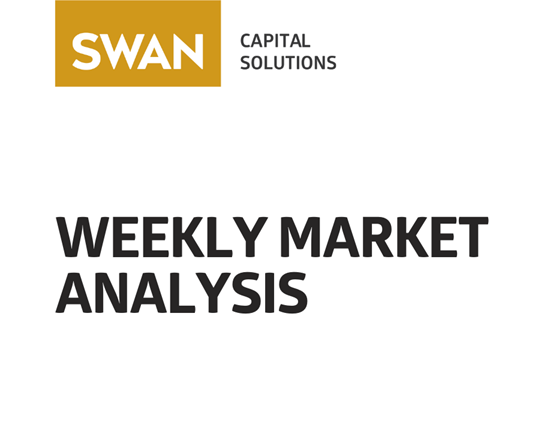After a Quarter of Panic, April Brings Market Rebound
Just weeks ago, markets seemed on the edge of disaster. On April 2, President Donald Trump shocked investors with his “Liberation Day” announcement - a sweeping set of new import tariffs that sent the S&P 500 Index tumbling nearly 10% in two days. Fears of a global recession and soaring consumer prices surged overnight.
After shedding 18.9% from 19th February to 8th April, in a striking turnaround, the S&P500 Index has largely recovered those losses. Since April 9, stocks have steadily climbed, with the Index gaining 13.6% over 1 month, and investor sentiment shifting from panic to cautious optimism.
True to the old adage, “The harder the fall, the higher the bounce,” the tech-heavy Magnificent 7 led the early-year market selloff, dragged down by sky-high valuations. Among the main laggards were AI favorite Nvidia (-30.8%), and Apple (-29.6%). However, when the market staged its April comeback, these two roared back with a 21.1%, and 15.1% jump respectively.

What happened?...
Markets Growing Immune to Trump’s Rhetoric
Investors are learning to tune out the noise. Trump's bold policy declarations have a history of losing steam, often dialed back when bond markets, particularly, react unfavourably. This time was no different. 10-year Treasury yields spiked following the tariff news and Trump’s threats to remove Federal Reserve Chair Jerome Powell.
Days later, the administration walked back its harshest measures, announcing a 90-day pause on many of the tariffs and revealing new trade agreements with countries like the UK. The U.S.-UK agreement includes $700 million in ethanol and $250 million in other agricultural exports, improving market access and boosting U.S. firms' competitiveness. Furthermore, tariffs on UK cars imported into the U.S. will fall from 27.5% to 10%, with an annual quota of 100,000 cars.
The peak uncertainty over trade seems to have passed.
Earnings Hold Up, Economy Stays Resilient
Beyond political signals, economic data has reassured investors. The U.S. added 177,000 jobs in April, indicating a still-strong labour market. Corporate earnings have also surprised to the upside. According to UBS, 86% of S&P 500 companies have reported first-quarter results, with earnings beating estimates by an average of 8.2%. While management teams struck a cautious tone in their guidance, Q1 earnings generally held up better than feared, with investors opting to focus on recent resilience and the retreat of extreme policy risks.
Still, Risks Remain
Despite the rebound, risks haven’t disappeared. Tariffs, even at a reduced scale of 10% (baseline), could still raise costs and dent consumer demand. Several companies have warned of profit pressure in the quarters ahead. Some economists are still bracing for a slowdown if inflation begins to bite, which implies that the Fed will be in no hurry to slash rates.
For now, markets are riding the rally, with trade fears easing and strong earnings fuelling optimism. Investors hope the worst is behind them, at least for now. But with "Sell in May and go away" lingering, will the momentum last?
